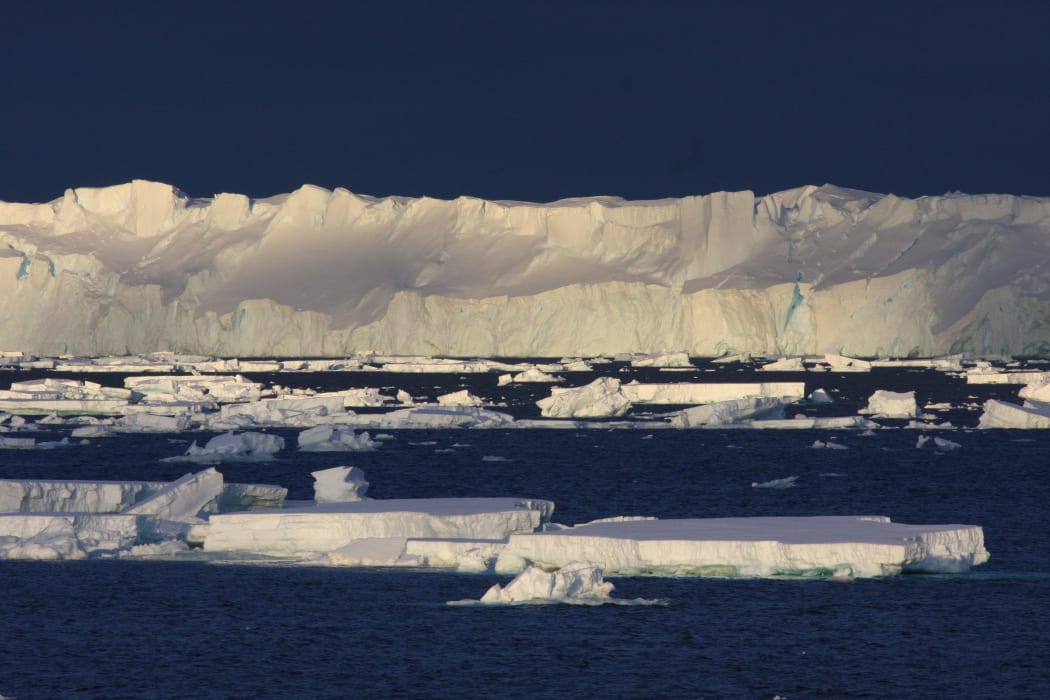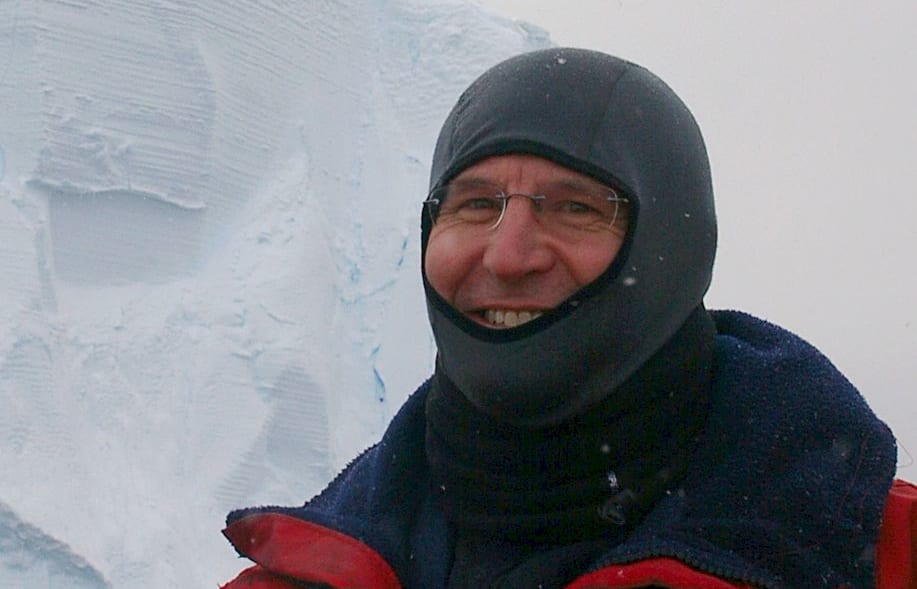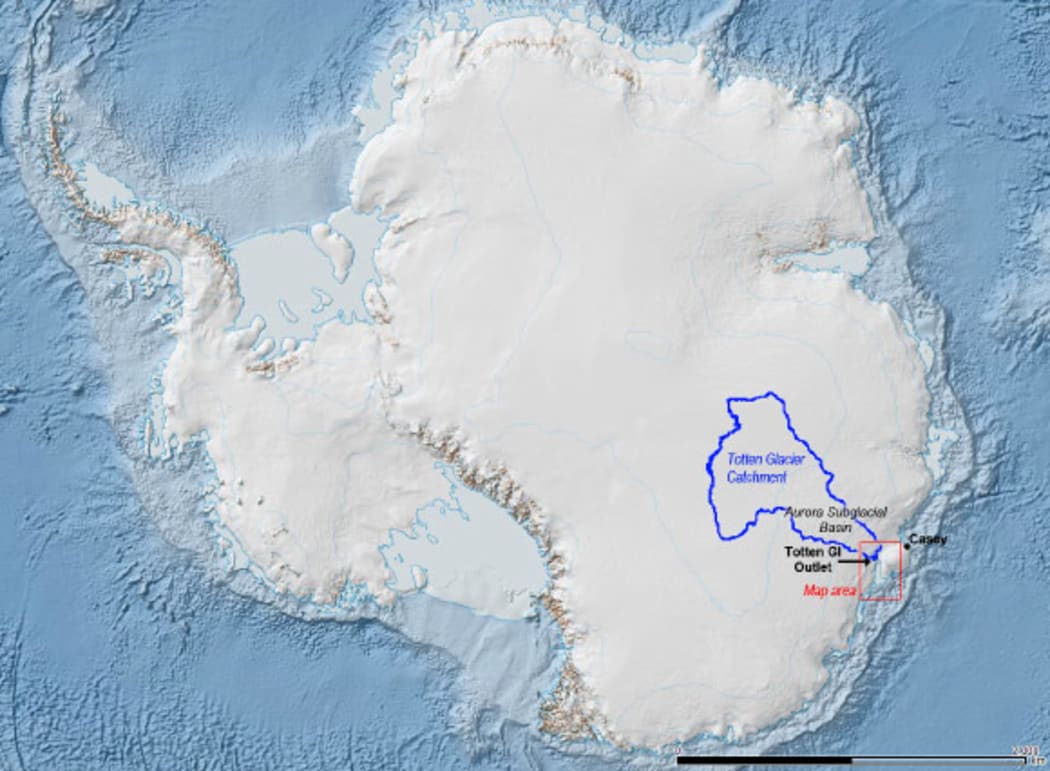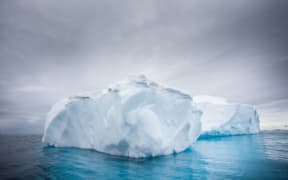The East Antarctic ice shelf is more vulnerable than previously thought, with warmer water melting it, scientists say.

The large Totten Glacier drains a major portion of the East Antarctic Ice Sheet. Photo: Esmee van Wijk / CSIRO
Satellite data of the area's largest glacier, the Totten Glacier, showed the ice sheet was melting, but scientists did not know why.

Steve Rintoul on board the Aurora Australis during the expedition to the Totten Glacier. Photo: Steve Rintoul
Lead research author Steve Rintoul, from the Antarctic Climate and Ecosystems Co-operative Research Centre in Hobart, said samples from the ice sheet - the world's largest - had revealed what was happening to Totten Glacier.
"We thought that East Antarctica was pretty much isolated from those warm waters and therefore was likely to be more stable," he said.
"The satellite data showed that maybe that's not quite the case, and our expedition - the first to actually get a ship to the front of the Totten glacier - showed that just like in West Antarctica the water is driving melting of these ice shelves from below."
Dr Rintoul said the vast Totten Glacier, if it melted entirely, would raise the world's sea level by about 3.5m.

The Totten Glacier catchment is estimated to contain enough ice to raise sea levels by at least 3.5 metres. Photo: Jamin Greenbaum / Australian Antarctic Division






